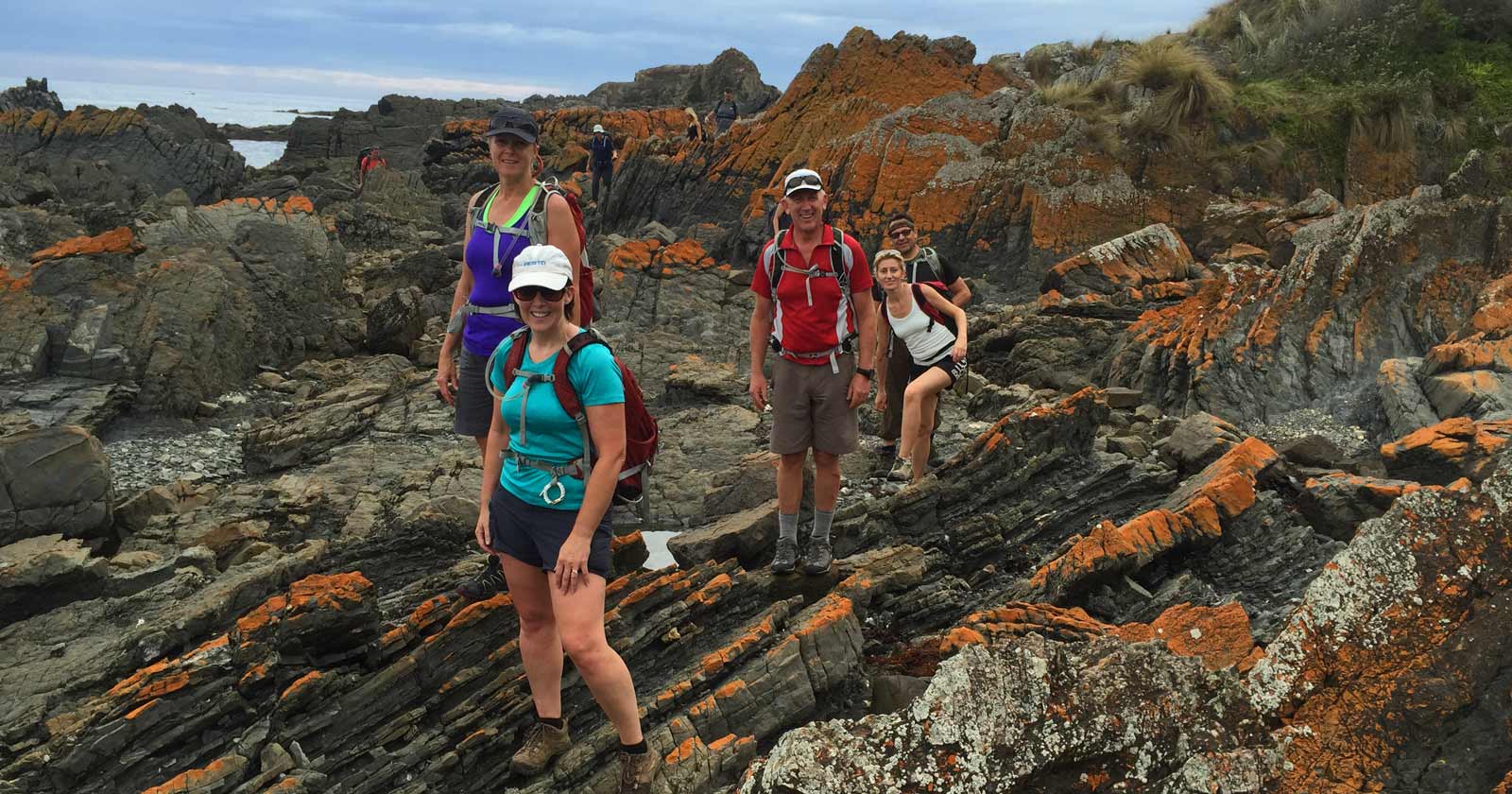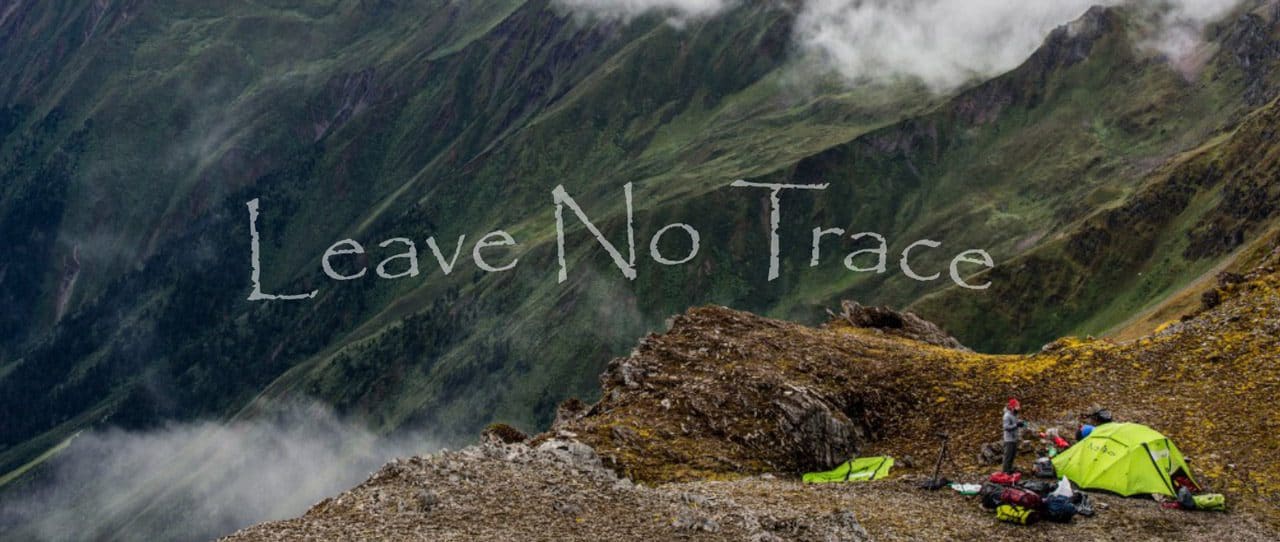The diverse world of explorers
The vast and diverse landscapes of Australia beckon individuals from all walks of life to venture into the great outdoors, each with their unique motivations and different hiking styles. From the spontaneous explorer to the meticulous planner, this diversity and individuality enriches our collective experiences with nature. This blog post aims to explore these different “breeds” of hikers, not with the intention of criticism, but to offer objective observations from a preparedness, skills, and safety perspective. By understanding the diverse ways people approach hiking, we can all enhance our own experiences, foster a more inclusive outdoor community, and prioritise everyone’s safety on the trails. As we explore the diverse world of hikers, it’s essential to recognise that each distinct style contributes to the overall vibrancy and richness of our shared adventures.

Prioritising outdoor safety
In acknowledging the vibrant diversity of hikers, it becomes crucial to prioritise safety, ensuring that each of us, regardless of our preferred style, can enjoy the outdoors responsibly. I’d like to thank and applaud volunteers and organisations like SES and police Search and Rescue (SAR) for their tireless efforts in keeping every one of us safe on our outdoor adventures.
On that note, before diving into the range of personalities and styles, I thought it relevant to briefly mention the top 8 common factors contributing to people getting lost or injured in the wild. This sets the stage for further discussion by highlighting the importance of preparedness, skills, and safety regardless of our individual styles.
Police Search and Rescue (SAR) reports reveal surprising truths about getting lost in nature. It often goes beyond simply being turned around; it’s about being unprepared for the unexpected. According to SAR Victoria, the following are the top 8 common factors that contribute to people becoming injured or lost:
- Lack of planning or no planning of trip.
- Over reliance on technology (GPS and mobile phones can lose battery or have no coverage).
- Underestimating the time and skill required for a route, causing delay.
- Lack of skill or physical ability navigating a particular terrain.
- Failure to carry a map or compass, contributing to disorientation.
- Lack of leadership in a group resulting in an inability to make quick decisions.
- Failure to identify terrain hazards such as cliffs, rivers, waterfalls and slippery surfaces that can cause delay or injury.
- Entering areas that are closed, climbing safety barriers and not being careful around hazardous terrain.
These statistics highlight the importance of responsible hiking practices for everyone, regardless of their specific style or experience level. By understanding common pitfalls and taking necessary precautions, we can all significantly reduce the risk of getting lost or injured on the trails. Now, let’s dive into the diverse world of hikers, exploring their strengths, potential risks, and strategies for safer and more enjoyable exploration.

Understanding the explorer within
Let’s take a look at the diverse world of hikers, exploring motivations, strengths, potential risks, and ways to enhance the experience, our enjoyment, and safety outdoors. I’ll also offer suitable trail recommendations for each type of explorer, in the hope of fostering a safer, more inclusive and informed approach to hiking for everyone.
By understanding the different hiking styles, their strengths and weaknesses, we can all embrace the diverse approaches to exploring the outdoors. Remember, the most important aspect is to prioritise safety and responsible practices, allowing everyone to enjoy the beauty and wonder of nature.
The following descriptions are for informational purposes only and do not substitute for professional guidance or experience.
1. The Spontaneous Explorer
Driven by spontaneity and a deep longing for immediate immersion in nature, the last-minute adventurer embraces the thrill of impromptu exploration, often relying on readily available apps and minimal planning. As the number of outdoor enthusiasts continues to rise, it’s not uncommon for the spontaneous explorer to head out on a last-minute hike along a trail they just heard about from a friend or discovered online. While technology provides quick access to trail information, the allure of spontaneity sometimes leads to overlooking crucial details in the excitement, risking safety and preparedness.
Excitement takes over, and they head out without much preparation. The convenience of technology offers spontaneity, but the downside includes potential safety risks, inadequate preparation, and the possibility of making poor decisions in the heat of the moment.
- Enhancing the Experience: To ensure a safe and enjoyable adventure, it’s crucial for the spontaneous explorer to research their chosen trail thoroughly using official sources, pack appropriate gear, and familiarise themselves with basic navigation and safety principles. Numerous resources, such as guided hikes, beginner-friendly courses, and online guides, can equip them with the knowledge and skills needed to become a more responsible and prepared explorer.
- Recommended Trails: Ideal trails for the spontaneous explorer are easy (grade 2), well-marked trails with readily available information and access to help. These trails provide an opportunity to build confidence and basic skills while offering a safe environment for those who thrive on the thrill of spontaneous outdoor experiences.
2. The Beginner Hiker (or newbie)
With an infectious enthusiasm for new experiences, many beginner hikers are fueled by a genuine eagerness to learn and enhance their skills. While this motivation resonates with a significant portion, it’s important to recognise the diverse reasons individuals embrace hiking. Some may seek fitness, stress relief, or social interaction, with a primary focus on enjoyment rather than skill advancement.
Early in their hiking journey, beginners may encounter challenges stemming from inexperience, such as underestimating the time required for a hike or not expecting steep and rugged terrain, occasionally leading to being stranded after dark. Drawing from these experiences, they conscientiously adapt, with some choosing to carry a torch on every hike. Others focus on understanding more about topography, incorporating lessons into their pre-hike planning to foster self-reliance and safety awareness.
- Enhancing the Experience: To enrich their hiking journey, beginner hikers, driven by various motivations, can opt for beginner-friendly courses, conduct research on suitable gear and clothing, and embrace the principles of Leave No Trace. Acquiring knowledge in navigation and basic wilderness survival skills serves to boost confidence and overall preparedness.
- Recommended Trails: Optimal trails for beginners, accommodating a range of motivations, range from easy (grade 2) to moderate (grade 3), featuring clear signage and moderate elevation gain. These trails offer a safe and manageable environment for skill development. Consider exploring guided hikes or initially joining experienced hikers to gain additional support and valuable guidance as you embark on your diverse hiking adventures.
3. The Casual Hiker
For the casual hiker, the essence lies in prioritising leisurely enjoyment and savoring the scenic wonders of nature. Viewing hiking as a way to unwind and connect with the natural world, the casual hiker values unhurried exploration at their own pace, taking the time to immerse themselves in the beauty of their surroundings without feeling rushed. While they appreciate manageable challenges, the casual hiker may not always seek more challenging adventures.
- Enhancing the Experience: To enrich their hiking adventure, casual hikers benefit from staying well-informed about weather conditions and trail closures, packing for unexpected situations, and acquiring basic first-aid and navigation skills. These considerations significantly contribute to their safety and overall enjoyment on the trail.
- Recommended Trails: The optimal trails for the casual hiker are those rated easy (grade 2) to moderate (grade 3), offering diverse scenery and manageable distances. These trails strike a perfect balance, providing both scenic beauty and challenges that are easily manageable. For the casual hiker seeking a more challenging adventure, shorter but harder (grade 4) trails may be of interest. With a variety of options available, casual hikers can discover trails that align with their desire for a relaxing yet fulfilling outdoor experience.
4. The Social Hiker
For the social hiker, the joy of hiking lies in the company of others. This type values the shared experience of exploring nature with friends, family, or hiking groups. Social hikers often seek out trails that offer opportunities for conversation, relaxation, and group bonding. They might choose routes with scenic viewpoints, picnic spots, or camping areas to enhance the communal aspect of their hiking adventures.
- Enhancing the Experience: Social hikers can maximise their experience by choosing trails with group-friendly features, organising group hikes, and participating in hiking events or clubs. Emphasising communication and teamwork, social hikers can create a positive and supportive environment for everyone in the group.
- Recommended Trails: Trails suitable for social hikers vary but often include easy to moderate grades (grade 2 to grade 3) with picturesque landscapes and facilities for group activities. Accessible trails with a balance of scenery and shared spaces contribute to an enjoyable social hiking experience.
5. The Moderate Planner
Striking a judicious balance between spontaneity and preparation, the moderate planner approaches hiking with careful consideration. This hiker conducts thorough research on the chosen trail, packs appropriately, and maintains a general understanding of potential challenges. When gathering information, the moderate planner frequently consults official government sources such as national park websites or land management sites, recognising the reliability these platforms offer compared to occasionally unreliable and inaccurate crowd-sourced data.
- Enhancing the Experience: Strengthening their preparedness, the moderate planner can thoroughly investigate potential hazards specific to the chosen trail and develop contingency plans. Additionally, sharing their itinerary with someone adds an extra layer of safety and peace of mind, contributing to a comprehensive approach to trail exploration. These proactive steps not only heighten safety measures but also ensure a more enjoyable and well-rounded hiking experience for the moderate planner.
- Recommended Trails: Trails graded as moderate (grade 3) to more challenging (grade 4) align seamlessly with the moderate planner’s approach. These trails boast diverse terrain and challenges, requiring a level of planning and preparation that complements their careful and informed strategy. This approach is ideal for those seeking a balance between adventure and a structured, well-prepared hiking experience.
6. The Meticulous Planner
Motivated by a commitment to thorough preparation and a desire for self-reliance, the meticulous planner invests time in studying maps, researching weather patterns, and crafting detailed plans. This meticulous approach instills confidence, empowering them to navigate challenging trails with a sense of confidence and preparedness. However, it’s crucial to underscore the importance of flexibility, even for meticulous planners, acknowledging the inherent unpredictability of nature.
- Enhancing the Experience: While commendable, maintaining flexibility is crucial for adapting to unexpected situations and further enhancing the hiking experience. Sharing detailed plans with others adds an extra layer of safety and allows for support if needed, fostering a self-reliant approach to trail exploration.
- Recommended Trails: Through meticulous planning, experience and skills development. Meticulous planners often have the skills and confidence to safely explore any range of trails from all-abilities (grade 1) to difficult (grade 5) in remote and rugged terrain, featuring diverse terrain and significant elevation gain. Consider solo hikes only after building a robust foundation of experience and skills.
7. The Solo Adventurer
Unlike social hikers, solo seekers find solace and fulfillment in the solitary exploration of nature. This type values the introspective journey, seeking trails that provide moments of solitude, self-reflection, and a deep connection with the environment. Solo seekers may prioritise routes less traveled, embracing the challenges and rewards of independent exploration.
- Enhancing the Experience: Solo seekers can enhance their experience by honing self-reliance skills, including navigation, emergency preparedness, and basic survival skills. Maintaining awareness of personal limits and communicating plans with someone trustworthy adds a layer of safety to their solo adventures.
- Recommended Trails: Trails suitable for solo seekers often include a range of difficulty levels, from easy (grade 2) to difficult (grade 4), providing opportunities for both meditative walks and more challenging, introspective hikes. Well-marked trails with clear signage contribute to a safer and more enjoyable solo hiking experience.
8. The Overconfident Explorer
Fueled by a strong sense of self-assurance and an unwavering belief in their abilities, the overconfident explorer approaches hiking with a bold mindset. This type may underestimate the potential risks associated with certain trails, overestimating their own skills and readiness for challenging environments. Overconfident explorers might venture into difficult terrain without adequate preparation or dismiss safety guidelines, relying heavily on their confidence to navigate unexpected situations.
While their confidence can be an asset, overconfident explorers may face heightened risks of injury, exhaustion, and getting lost due to underestimating the challenges presented by trails. The lack of humility in acknowledging their limits can lead to dangerous situations.
- Enhancing the Experience: To ensure a safer and more enjoyable hiking experience, overconfident explorers should temper their confidence with realistic assessments of their skills and the trail’s difficulty. Seeking guidance from experienced hikers, participating in advanced skills courses, and gradually progressing to more challenging trails can help build a foundation for their bold exploration.
- Recommended Trails: Overconfident explorers can benefit from trails that match their enthusiasm but gradually increase in difficulty. Starting with moderately challenging trails (grade 3) allows them to test their skills while learning to appreciate the nuances of more demanding terrain. As their experience and humility grow, they may progress to difficult (grade 4) trails, always prioritising safety and gradual skill development.

Exploring styles, safety, and the joy of exploration
The diverse world of hikers is as vibrant as the landscapes we explore. By understanding the different styles, our strengths, and potential considerations for enhancing the experience, we can all contribute to a safer and more inclusive outdoor community. Remember, whether you’re a seasoned adventurer or someone who simply enjoys casual walks in walks, prioritising safety, responsible practices, and a respect for the natural world allows everyone to connect with the beauty and wonder of the outdoors in a meaningful way.
Whether seeking physical challenges, a peaceful connection with nature, or simply the joy of exploration, the call of the wild resonates with each of us in unique and individual ways. As we explore different hiking styles, let’s remember that the true essence of the journey lies in respecting the environment, fostering safety, and celebrating the shared passion for the outdoors.
In concluding our exploration of the diverse world of hikers, one fundamental truth emerges—the paramount importance of safety and responsible practices on the trails. Regardless of your hiking style, whether you find solace in solitary exploration or thrive on the camaraderie of group hikes, safety is a universal consideration. By embracing preparedness, skill development, and a deep respect for nature, we not only safeguard our own well-being but also contribute to a more inclusive and harmonious outdoor community. So, as you prepare for your next adventure, let the echoes of responsible hiking resound in every step, ensuring that the beauty and wonder of the outdoors remain accessible and enjoyable for everyone.
Additional resources:
Planning a day hike, getting ready for an overnight adventure, or gearing up for a multi-day wilderness experience? Explore my planning guides for day hikes, overnight trips, and extended wilderness adventures to help you prepare for your next outdoor adventure:
- Australian Walking Track Grading System (AWTGS)
- Planning a Day Hike: A Guide to Day Trip Preparation
- Planning an Overnight Hike: A 24-hour Adventure
- Planning Multi-Day Hikes: An Extended Wilderness Adventure
- Why self-reliance is the key to safe hiking






A great article that recognises that outdoor enthusiasts come from different walks of life (excuse the pun) and are at different stages of their outdoor journeys. It is important that there are opportunities for all to enjoy the outdoors safely and confidently, and being prepared is the key to this!